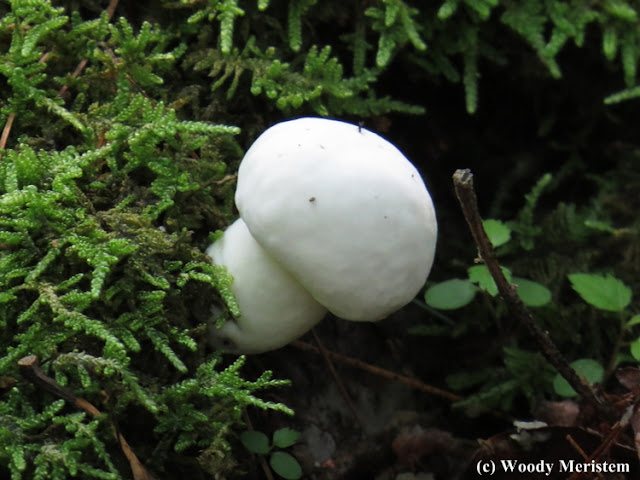It’s summertime in elk country and the
living is easy – at least relative to much of the year. So far this has been a rather wet summer and the vegetation is lush and growing rapidly. All the meadows
and food plots in Pennsylvania’s elk range are still spring green –
After walking several miles from the car
I came upon a spike bull that was curious and obviously being cautious about
the human walking through the meadow –
He was soon joined by a cow –
And then by a few more cows, including
one that was accompanied by a young calf –
Toward the other end of the large
meadow/food plot there were a couple of adult bulls - one quite far away. Their antlers, while still
in velvet, were almost full-grown –
Later in the evening, there were seven
bulls feeding in a field close to the road. Thoroughly habituated to humans,
they wouldn’t interrupt their feeding as cars stopped and camera shutters
clicked –
As great as the elk viewing and
photography were that day, the real highlights were birds, the singing male
grasshopper sparrow I photographed in a large reclaimed strip mine
being managed for elk –
Grasshopper sparrows are birds of the
grasslands that are increasingly scarce in northcentral Pennsylvania as former
hayfields are planted to corn or soybeans or revert to forest.
Earlier, I managed to photograph a
monarch butterfly and a ruby-throated hummingbird momentarily sharing a
milkweed blossom.
It was a great day to be spending time in
the natural world.



































